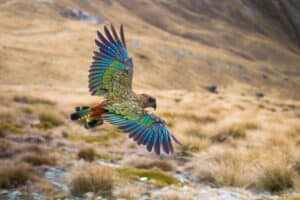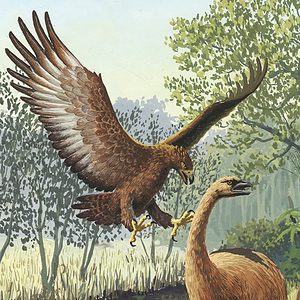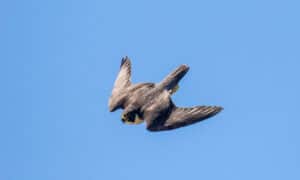Baby quail chicks are incredibly adorable creatures that look like cute tiny balls of fluff. Their boundless curiosity and endless energy add to their overall charm as they constantly zoom about, chirping and peeping at the world around them. Prepare yourself for a cuteness overload as we explore these adorable pictures and incredible facts about baby quail chicks!
1. There Are Over 100 Species of Baby Quail
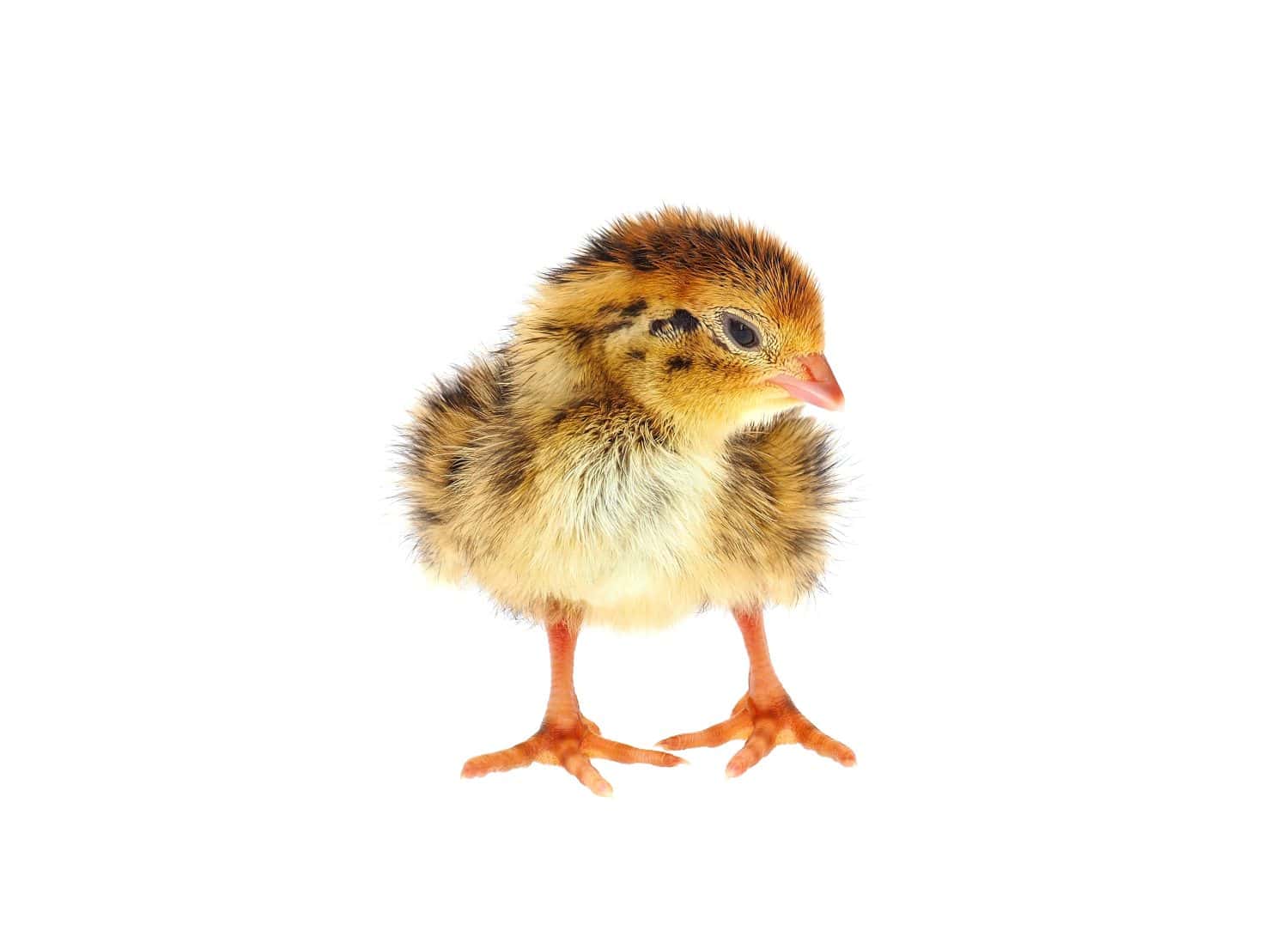
Baby quail chicks are born with soft fluffy feathers.
©Danut Vieru/Shutterstock.com
Different types of baby quail live all over the world! They are typically categorized into two groups: New World quail (Odontophoridae) and Old World quail (Phasianidae). New World quails are native to North and South America and tend to be larger than Old World quails. Old World quail, on the other hand, live in Asia, Europe, and Africa. They are small and round and have shorter legs and wings.
2. Some Baby Quail Are Endangered
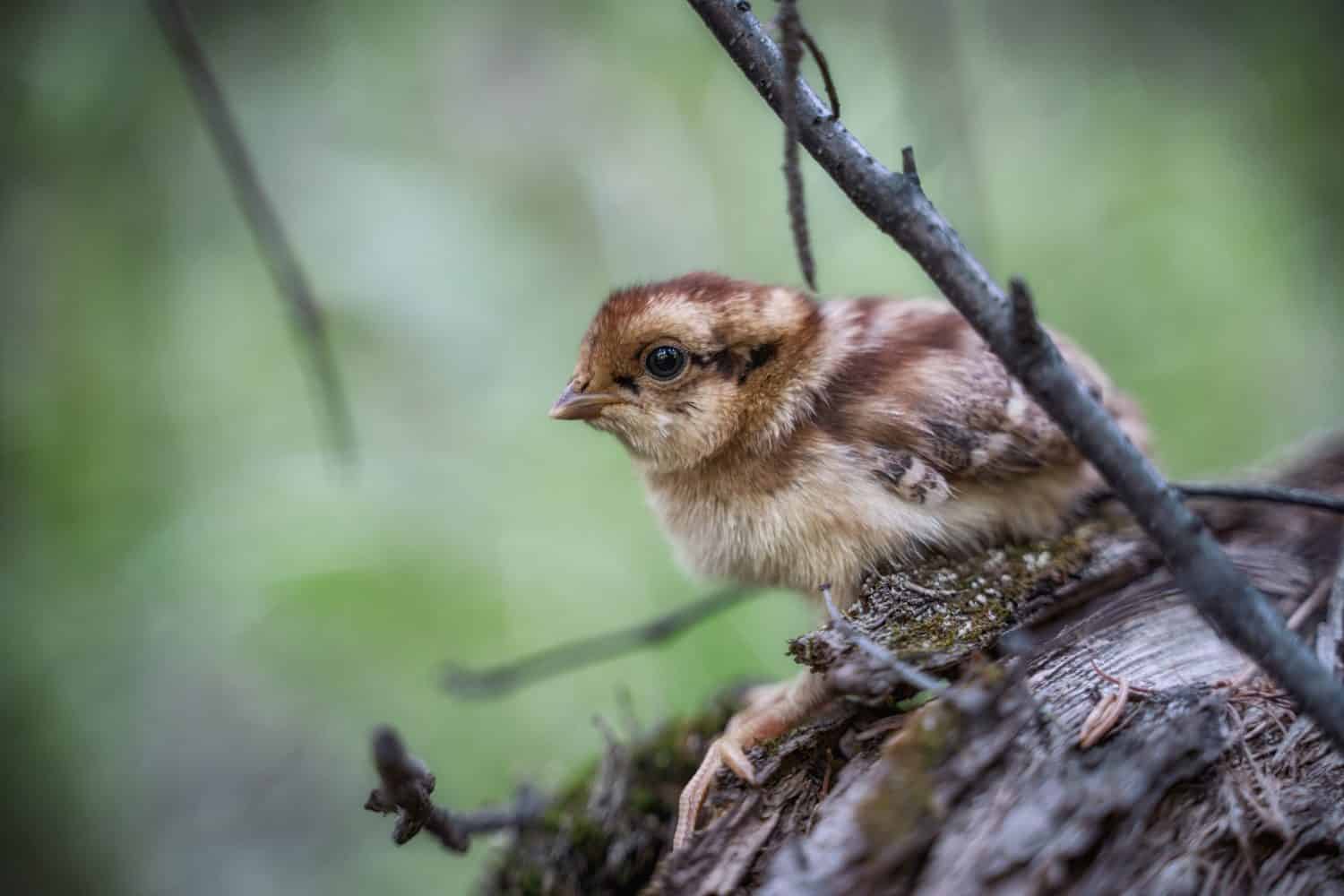
Northern bobwhite quail are native to the United States, Mexico, and Cuba.
©Egoreichenkov Evgenii/Shutterstock.com
Unfortunately, some baby quail species are threatened with extinction. The Himalayan quail, for example, is listed as an endangered species and may possibly be extinct already. In addition, the black-fronted wood quail (Odontophorus atrifrons) in Venezuela and Colombia is vulnerable, while the northern bobwhite (Colinus virginianus) is listed as a near-threatened species. One of its subspecies, the masked bobwhite (Colinus virginianus ridgwayi), is also endangered and is considered to be a Critically Imperiled Subspecies. Both are decreasing in numbers due to habitat loss and habitat degradation.
3. Baby Quail Chicks Are as Small as Bumblebees
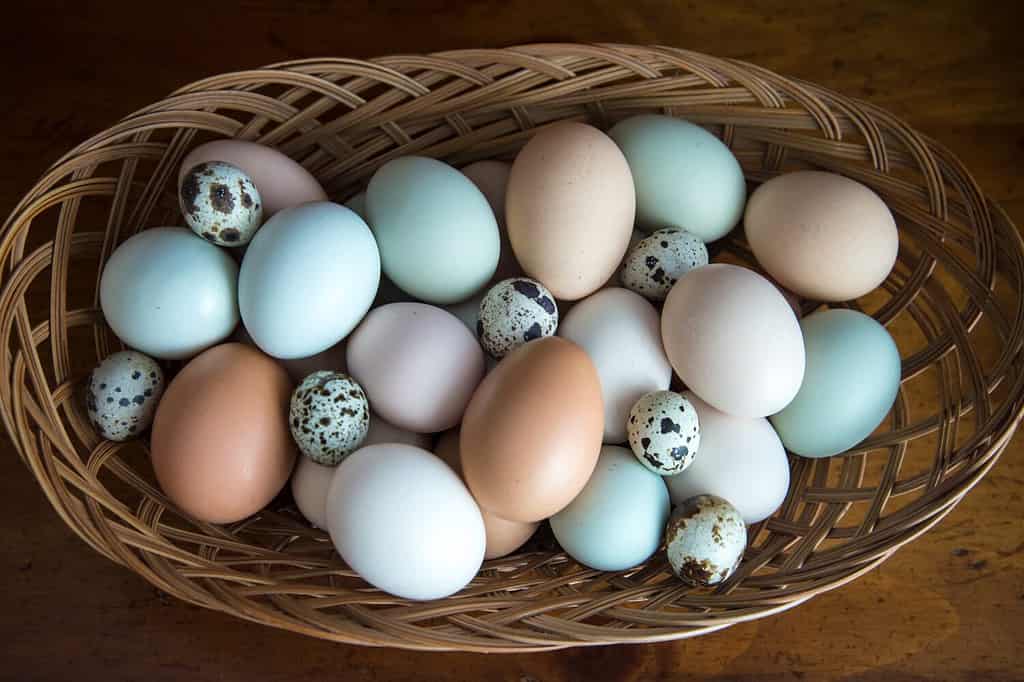
As you can see, tiny, speckled baby quail eggs are
muchsmaller than chicken eggs!
©Rachelle Rae Denee/Shutterstock.com
These adorable little balls of fluff are super tiny when they hatch — no bigger than a bumblebee! Measuring around 1 to 1.5 inches (depending on the species), baby quail chicks are small and delicate creatures. However, they grow quickly, and easily double in size in just the first few days of life! Each species develops at a different rate due to their environment and genetics, but all baby quail grow up very quickly!
4. Baby Quail Chicks Are Tiny Powerhouses
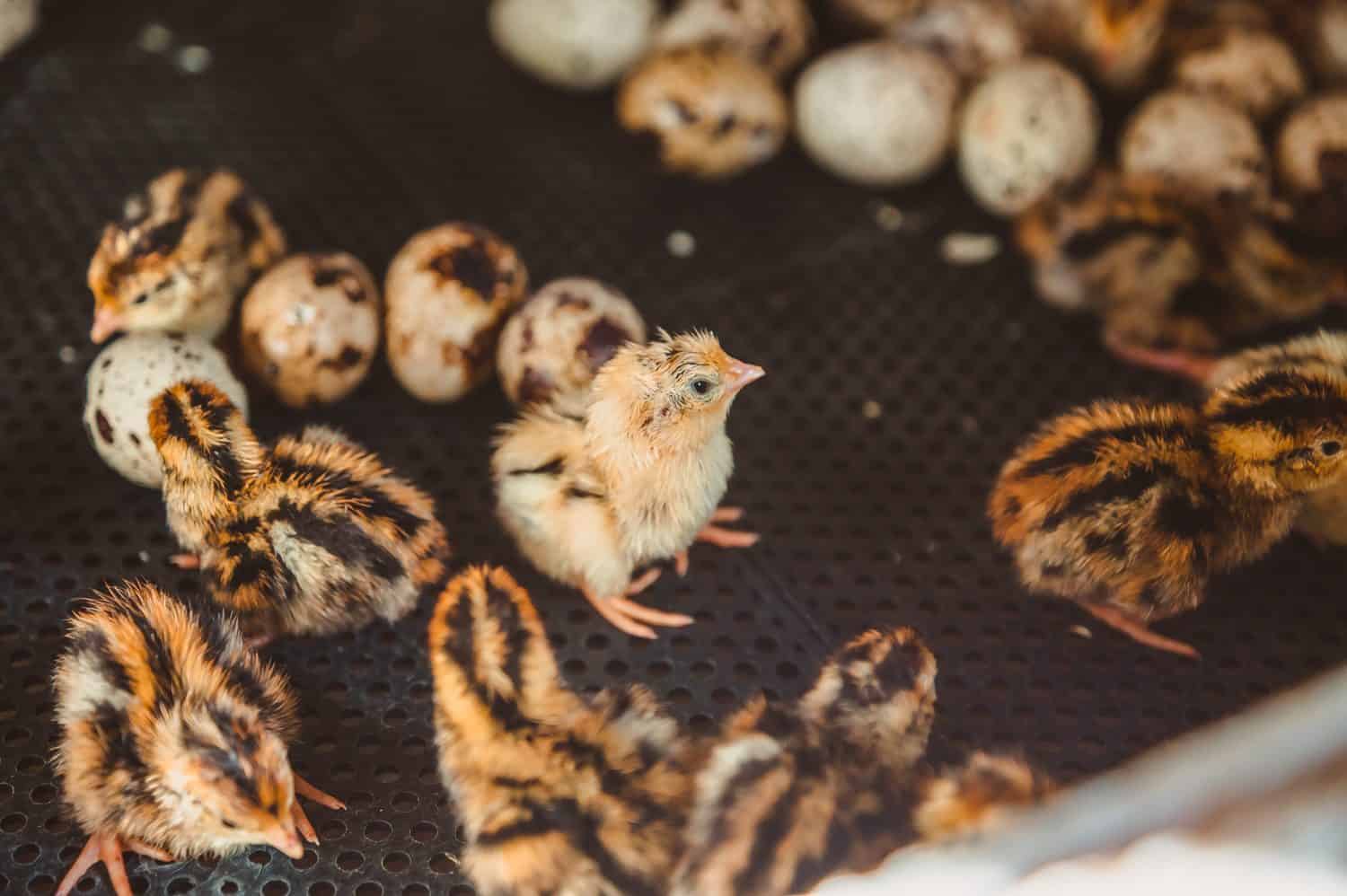
Baby quail chicks are fast learners as they mimic their parents.
©Ekaterina Kuzovkova/Shutterstock.com
Despite their minuscule size, baby quail chicks are precocial, which means that their bodies are already developed. In fact, baby chicks actually communicate with one another while they are still in their eggs! This helps them to hatch all around the same time.
As soon as they’ve hatched, baby quail chicks are already active and independently running around. They are born with their eyes open, and their tiny bodies covered in fuzzy feathers. Within just 24 hours, baby quail chicks can walk, follow their parents around, and feed themselves.
5. Baby Quail Chicks Have Amazing Parents
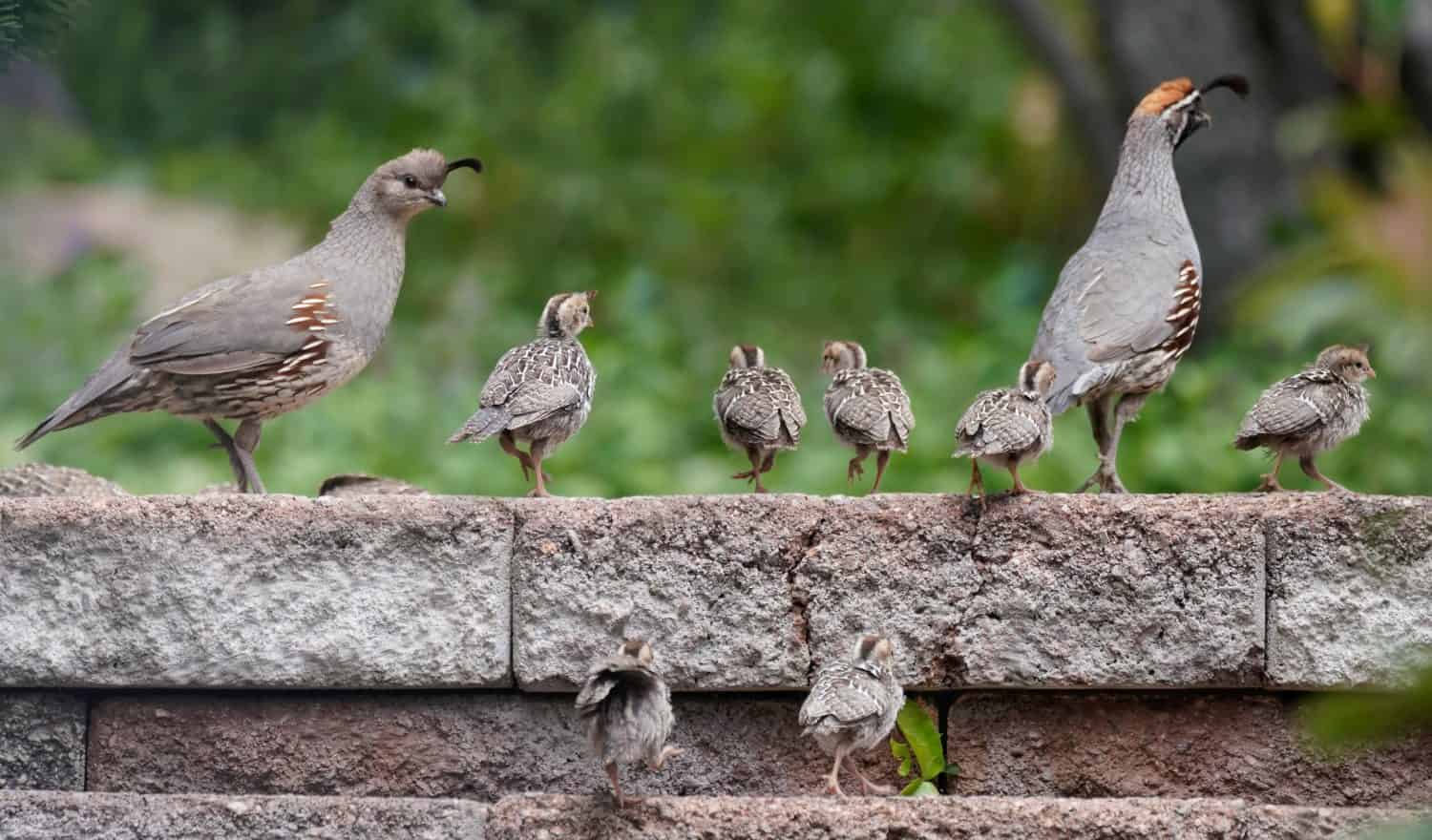
Adult males may care for young quail chicks that are not their biological offspring.
©Moment of Perception/Shutterstock.com
Both the male and the female quail choose their nesting site, build their nest, and watch over their young chicks together. Most quail species build their nests on the ground beneath some sort of vegetation or cover, although some Old World species also roost in trees.
Female quails typically lay around six to 12 eggs, which are ready to hatch in just a couple of weeks. Many species, like the California quail (Callipepla californica), often live together in family groups and communal broods. The adults in the groups help to watch over and care for all of the baby quail chicks.
6. Baby Quail Chicks Enjoy Dust Baths
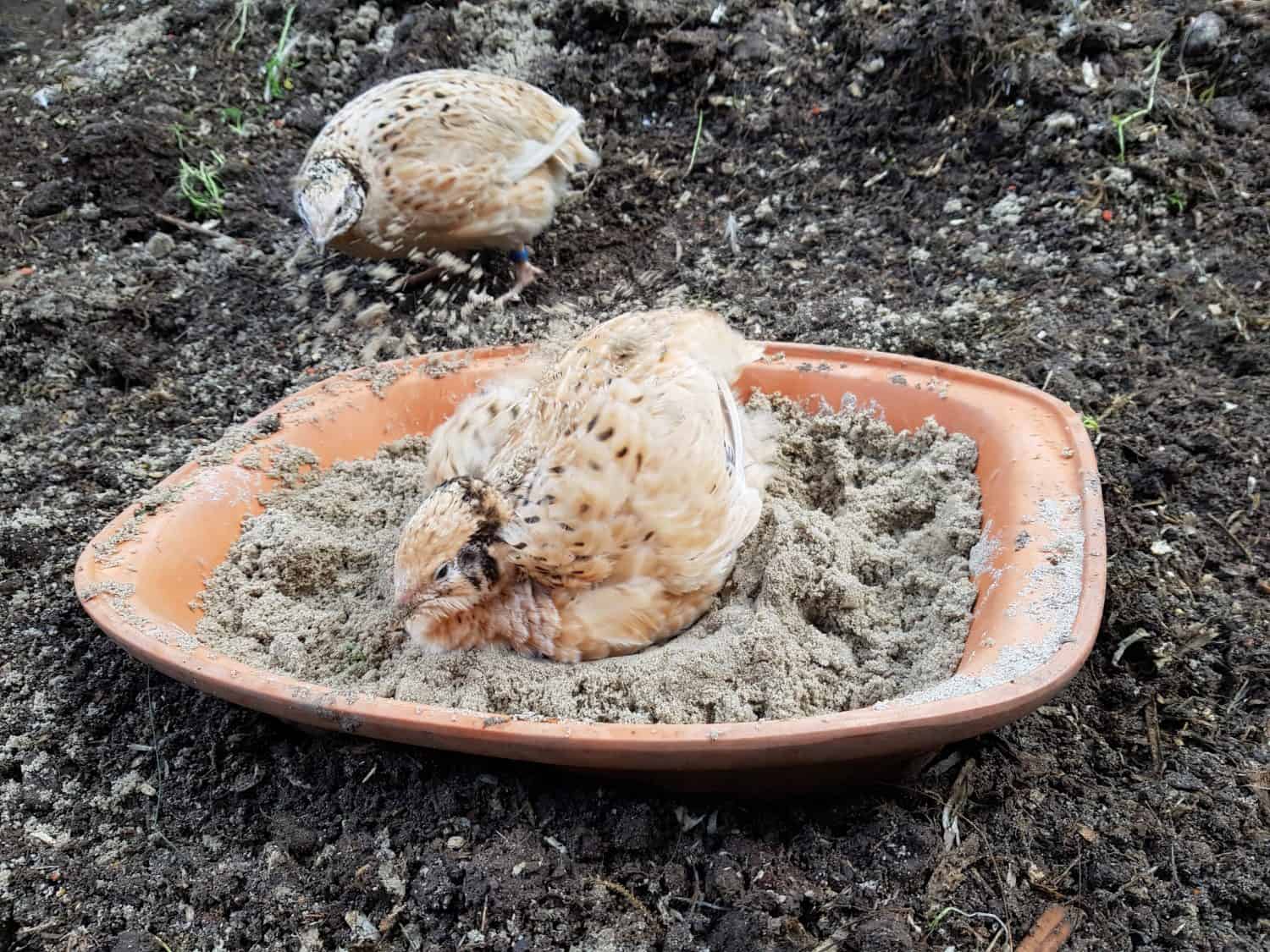
Without regular dust baths, quail feathers can get grimy and make it hard to fly.
©Art_Pictures/Shutterstock.com
To keep their feathers in impeccable condition, these cute creatures indulge in frequent dust baths. Yes, you heard it right! Instead of traditional water baths, baby quails prefer to luxuriate in a fine layer of dust. They use dust, dirt, or sand to absorb excess oil from their feathers. This helps to keep their skin and feathers clean and prevents buildup and matting.
Watching a group of baby quail chicks enjoying a dust bath is absolutely adorable. They crawl, roll, and flutter about in the dirt, creating a cloud of fine dust that envelops their bodies. Much like the ancient Romans, dust bathing is a highly social activity for these young quails, with entire families gathering together for a communal bathing experience.
7. Baby Quail Chicks Are Camouflage Champs
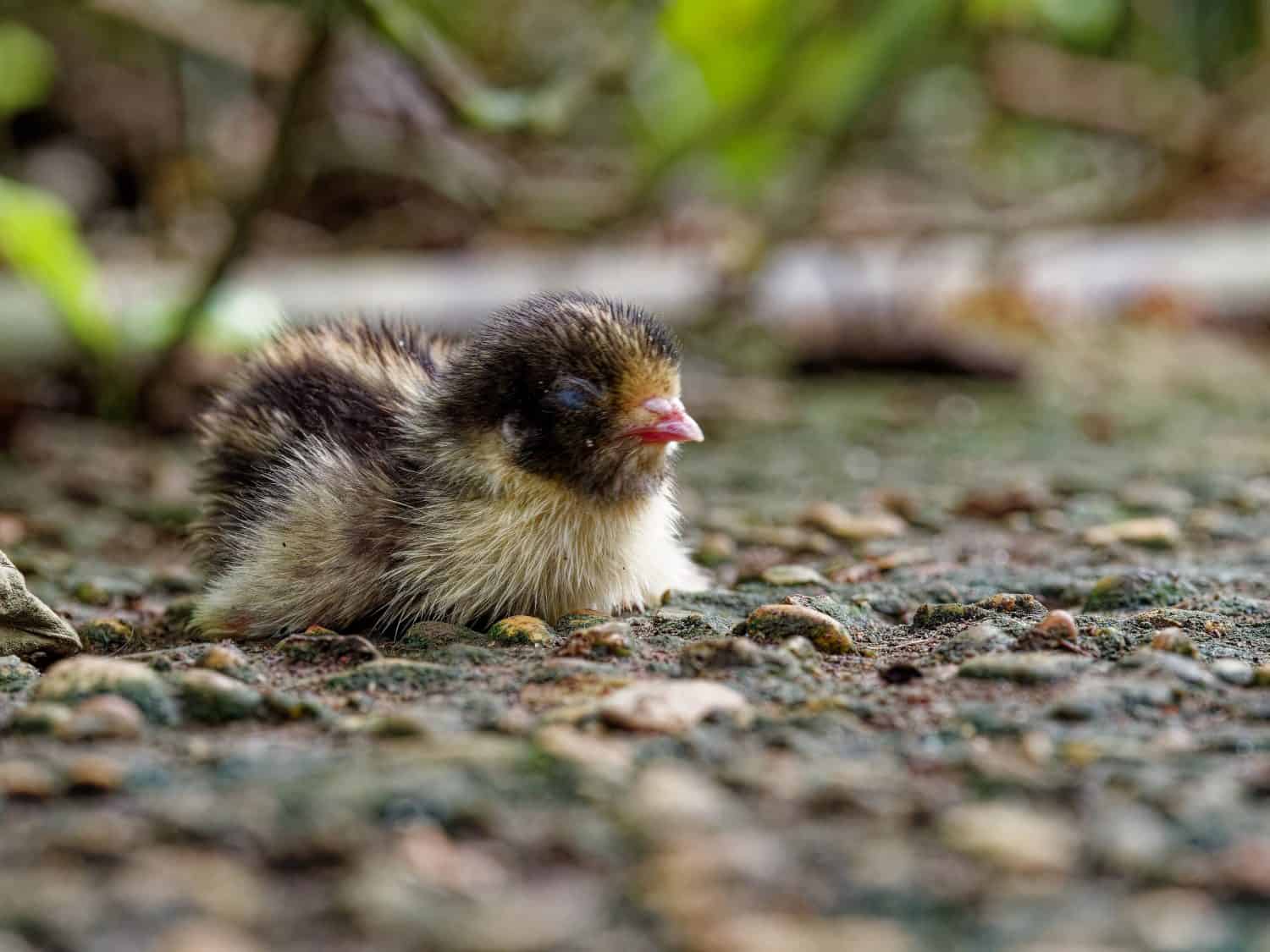
Baby quail chicks are super speedy, but often they remain still to camouflage better.
©plume_ria/Shutterstock.com
A baby quail chick’s soft fuzzy feathers do more than just keep it warm — they also provide excellent camouflage! Unlike their parents, baby quail chicks have downy feathers colored with intricate striped or spotted patterns of cream, brown, or black. Each species has its own unique camouflage coloring to help them blend into their specific habitat. These colors and patterns mimic the hues of decaying vegetation and fallen leaves, which helps them to blend in with their surroundings. In addition, the complex patterns on their feathers help to disrupt the baby quails’ outlines and silhouettes, making it harder for predators to spot them.
8. Baby Quail Prefer to Walk
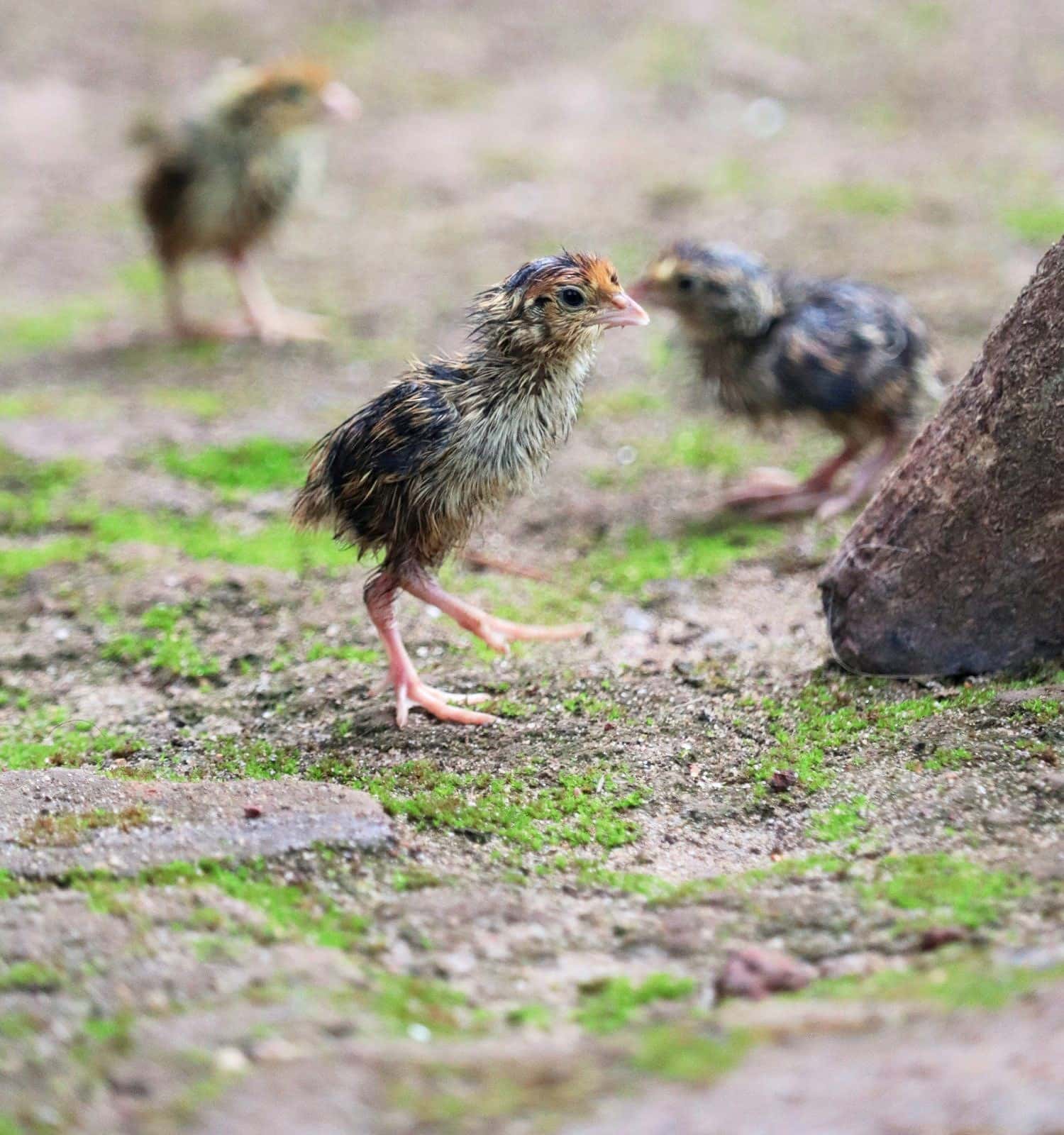
Baby quails stay close to their parents as they learn how to find food and navigate their habitat.
©Shareef muhammed/Shutterstock.com
From the moment they hatch, baby quail chicks are little adventurers. Despite their tiny size, they can walk and even run shortly after birth. Their speed and agility help them to escape, avoid predators, and keep up with their family groups. As baby quail chicks grow and mature, their flight wings also develop. However, even as adults, quails prefer agility on foot rather than taking to the air. Walking and running are their preferred modes of transportation, allowing them to navigate the terrain with ease. These terrestrial birds are adept at maneuvering through various landscapes.
However, that’s not to imply that they are poor flyers. Instead, quails prefer flying as a last resort. In fact, if you have ever unexpectedly encountered a surprised quail, you probably remember the loud sound of their sudden takeoff. Most quail can fly for about 300 feet at a time, yet they prefer to conserve their aerial prowess only for specific situations.
The photo featured at the top of this post is © Danut Vieru/Shutterstock.com
Thank you for reading! Have some feedback for us? Contact the AZ Animals editorial team.



